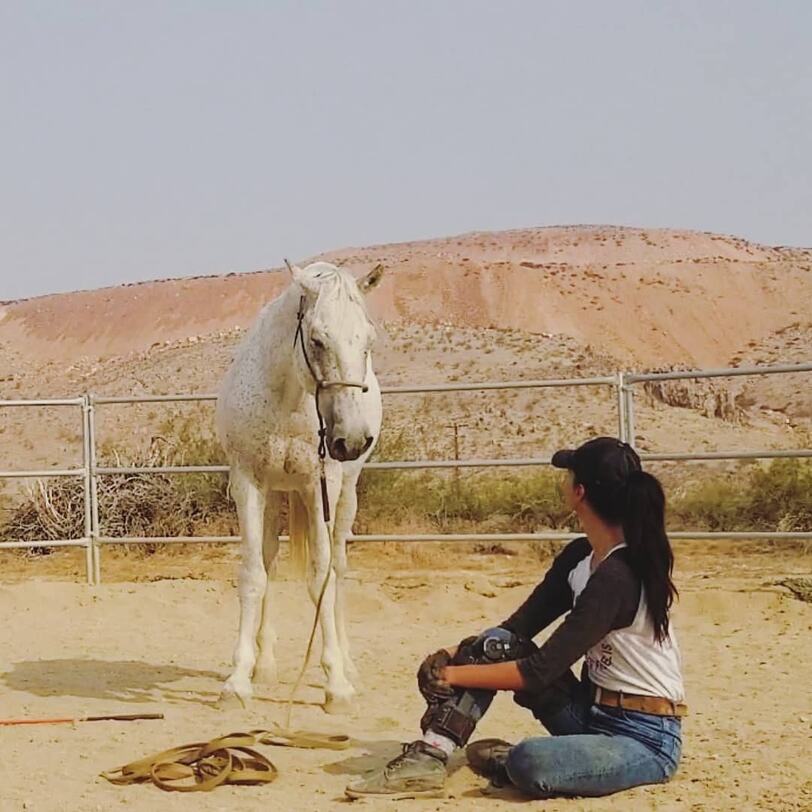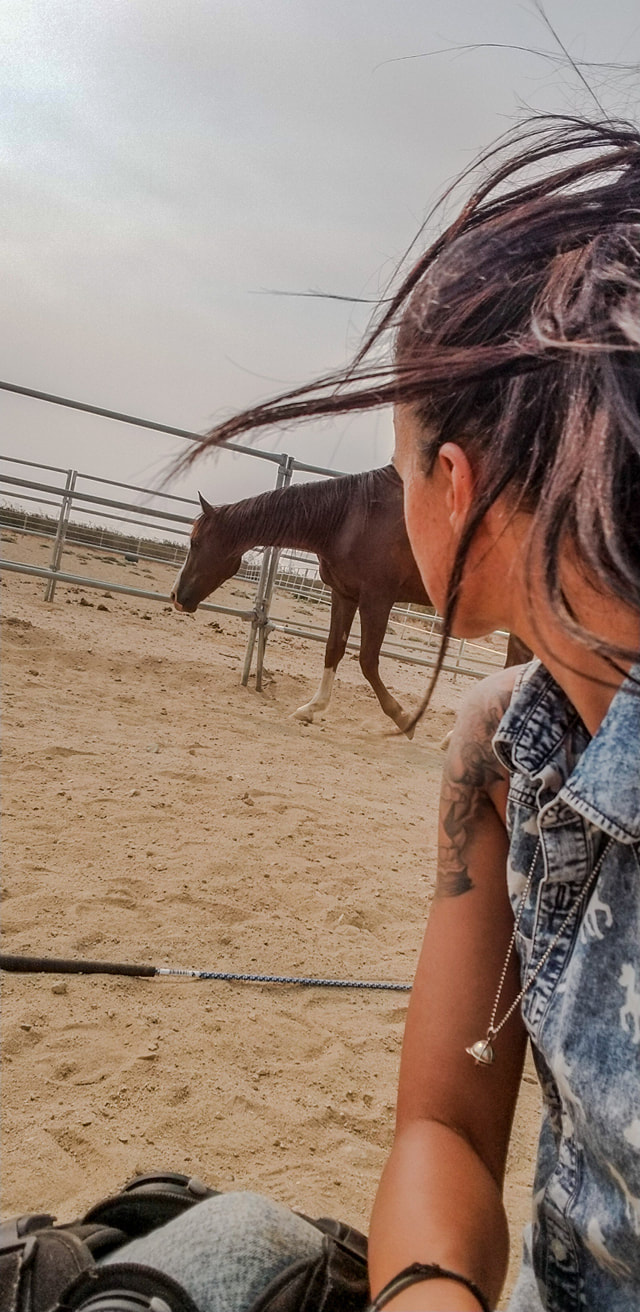Sitting with your emotions -sadness, grief, anger, resentment- is a frequently heard sentence nowadays, but what exactly does it mean?
Getting comfortable with your own emotions may take a while. We are used to look for ways that distract us from feeling a certain way -like watching TV or going to a club- so that the awful feelings go away and we feel better. This is an unhealthy coping mechanism because in time those same emotions will resurface, over and over again, every time a little bit worse than the time before.
Getting comfortable with your own emotions may take a while. We are used to look for ways that distract us from feeling a certain way -like watching TV or going to a club- so that the awful feelings go away and we feel better. This is an unhealthy coping mechanism because in time those same emotions will resurface, over and over again, every time a little bit worse than the time before.
Repressed and unspoken emotions always find a way to come back until you're ready to explore what's beneath all these feelings; what are you trying to tell yourself, subconsciously? What are your emotions trying to tell you or protect you from? You won't know until you face your feelings..
Figuring out the purpose behind a certain emotion is a powerful tool when working with traumatized horses. These horses have learned to hide what they are feeling, because they have learned that it doesn't matter what they feel, or think: the abuse happens either way. They begin disassociating (which might look like they are willingly cooperating but instead they are submitting) or showing "aggressive" behavior. Both are defense mechanisms to try and stop whatever is coming next. It's their way of trying to get back in control and we can give them that chance by not punishing them for being a "bad horse", but by respecting their emotional process. A great leader is not personally offended when someone is experiencing emotional stress, but rather interested in working it out.
Figuring out the purpose behind a certain emotion is a powerful tool when working with traumatized horses. These horses have learned to hide what they are feeling, because they have learned that it doesn't matter what they feel, or think: the abuse happens either way. They begin disassociating (which might look like they are willingly cooperating but instead they are submitting) or showing "aggressive" behavior. Both are defense mechanisms to try and stop whatever is coming next. It's their way of trying to get back in control and we can give them that chance by not punishing them for being a "bad horse", but by respecting their emotional process. A great leader is not personally offended when someone is experiencing emotional stress, but rather interested in working it out.
|
This is why I find it useful sometimes to do "nothing" with a horse. Just walking them to the roundpen together, watching them do their thing while I sit quietly in the center are invaluable moments to me. All I have to do is enforce their feelings of safety, let them do whatever they feel like and wait for them to be calmer and mentally present. When horses experience a newfound feeling of safety they start letting go of negative emotions and stress. They start showing a different kind of behavior which often includes stress responses.
All of this is completely normal and it is OUR job to guide them through these moments, not by calling them a "bad horse" but by emotionally and physically being there with them, not judging but observing their behavior and welcoming their emotions. This behavior can look like: - Deeper, constant and relaxed breathing - Blinking - Yawning - Rolling of the eyes - Chewing/licking lips - Stretching of the neck (poll), back or legs - Running, bucking - Lying down/rolling I often witness horses sleeping for hours after they've shown emotional responses like the ones listed above. It's extremely hard for traumatized horses to catch up on some good REM sleep which directly affects their wellbeing. As soon as they realize that they are safe and no longer need negative emotions to protect them from getting hurt, they can begin their healing process. All we sometimes have to do, is sit with them and give them time to go through whatever they need going through in order to move forward and let them decide the pace of the journey. |
Love, Zoë



